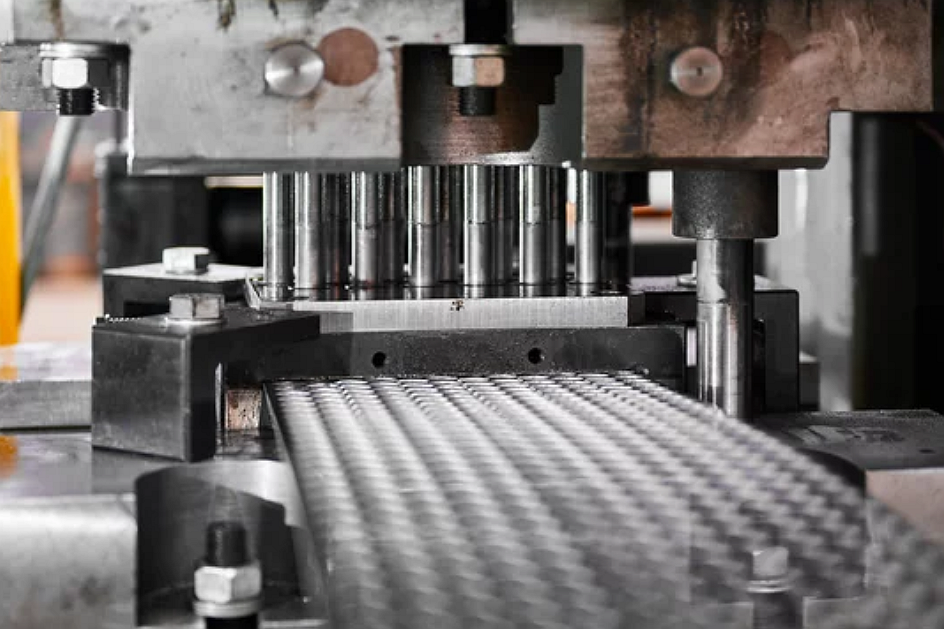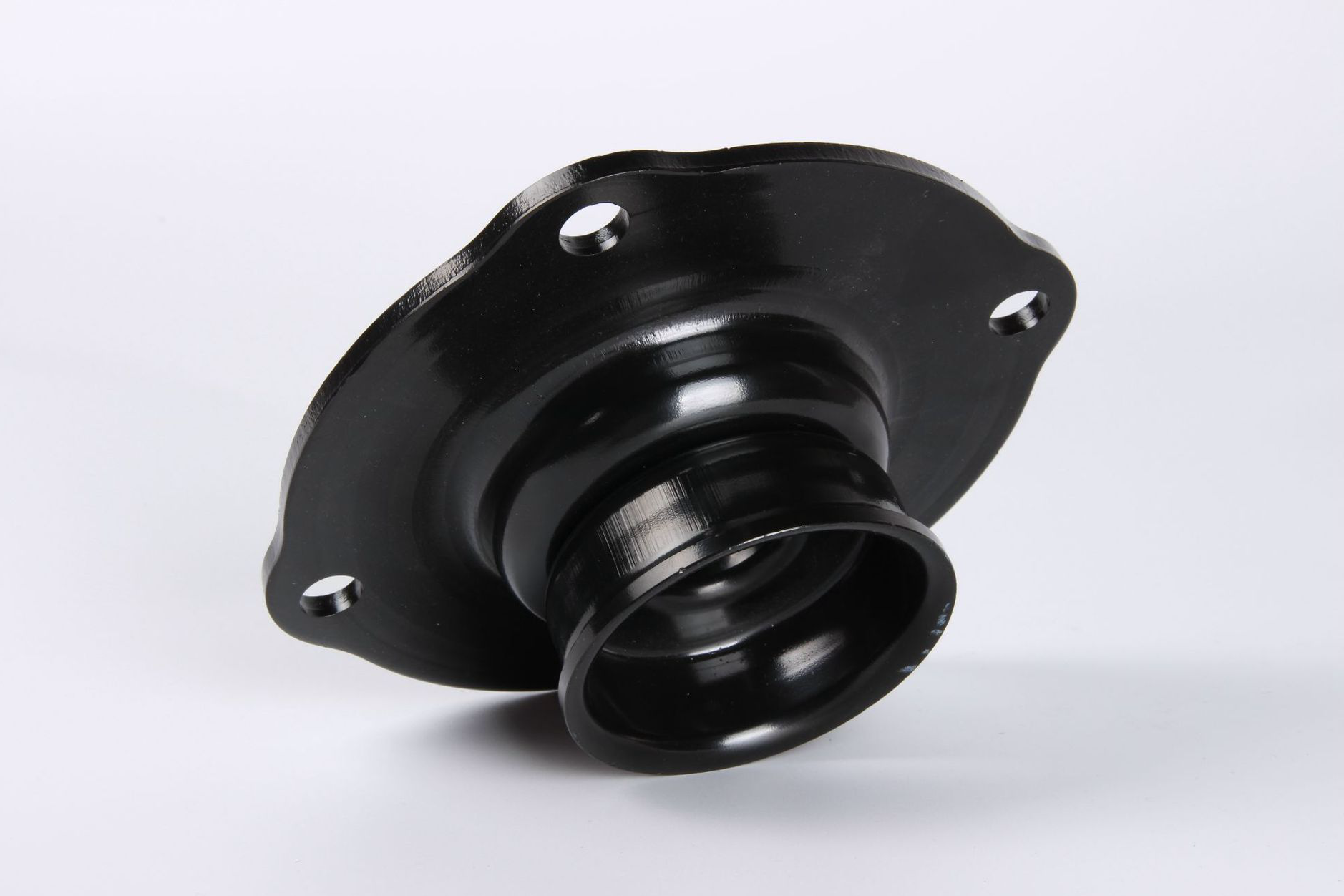What are the common defects in sheet metal stamping, and how can they be prevented?
What Are the Common Defects in Sheet Metal Stamping, and How Can They Be Prevented?
Understanding Sheet Metal Stamping Defects
Sheet metal stamping is a fundamental metal fabrication process used for high-volume production of precision parts. However, rapid cycle times, material inconsistencies, and tooling wear introduce several quality concerns. Common defects include burrs, wrinkles, cracks, springback, surface abrasions, and dimensional deviation—each of which compromises functionality and compliance, particularly in safety-critical applications across automotive, energy, and consumer electronics sectors.
Common Defects and Their Causes
Burrs: Sharp residual edges from punching or blanking operations are typically caused by worn dies or incorrect punch-to-die clearance. Burr height exceeding 0.1 mm is often unacceptable in safety and sealing surfaces.
Wrinkles: Local buckling due to unbalanced blank holder force or excessive material flow, especially in deep drawing processes.
Cracks and Fractures: Often occur in high-strength steels (e.g., DP780, TRIP980) with limited elongation, especially at tight radii or non-uniform strain zones.
Springback: Caused by elastic recovery in high-tensile alloys. In AHSS parts, springback angles can reach 6–10°, affecting final geometry.
Surface Scratches: Inadequate lubrication or particulate contaminants on tooling can produce visible scoring, impacting coating adherence and appearance.
Dimensional Inaccuracies: Tool misalignment or press ram deflection can cause part tolerance to exceed ±0.2 mm, often beyond GD&T specifications.
Prevention Strategies Using Industry Best Practices
Tooling Accuracy: Use high-precision tooling with controlled punch-die clearance (typically 10–15% of material thickness).
Routine Maintenance: Implement tool inspection cycles every 10,000–50,000 hits, depending on material hardness and production speed.
Material Traceability: Ensure consistent mechanical properties through batch certification, especially for HSLA and AHSS grades.
Lubrication Control: Apply micro-lubrication systems to reduce galling and heat buildup without excess runoff.
Real-Time Monitoring: Integrate in-die sensors and press load monitoring systems for automated defect detection.
Predictive Simulation: Use finite element modeling and forming limit diagrams (FLD) to simulate strain distribution and avoid failure modes pre-production.
In response to the global shift toward smart manufacturing, OEMs are rapidly adopting digital twin technologies. As of Q1 2025, 74% of automotive tier-one suppliers surveyed by Deloitte reported using real-time data analytics to minimize defect rates and reduce tool changeover times by 20–30%.
Supporting Manufacturing Services for Your Projects
To ensure the precision and reliability of your stamped components, consider integrated manufacturing support, including:
Sheet Metal Fabrication for structural frames, brackets, and enclosures.
CNC Machining Prototyping for critical feature definition and tolerance verification.
Laser Cutting to produce accurate preforms prior to stamping.
Prototyping Services to validate die performance and optimize forming parameters before full-scale runs.
With ±0.01mm tolerance control, certified raw materials, and 20+ years of industry expertise, Neway delivers dependable manufacturing solutions with global delivery.



